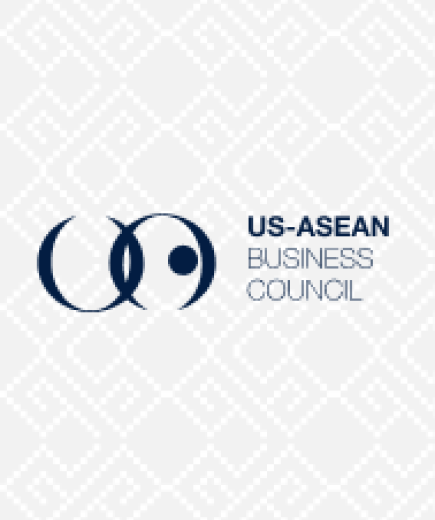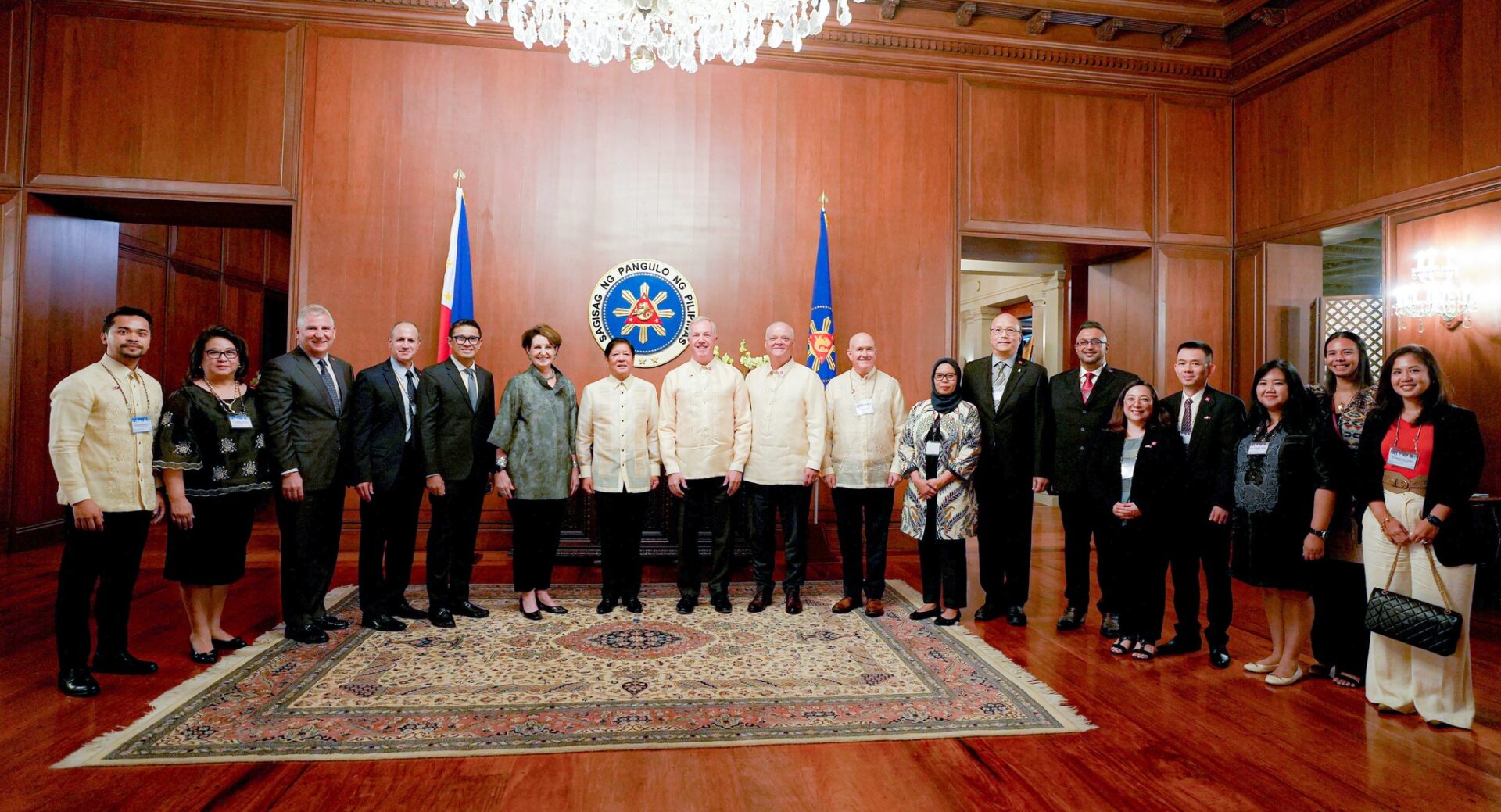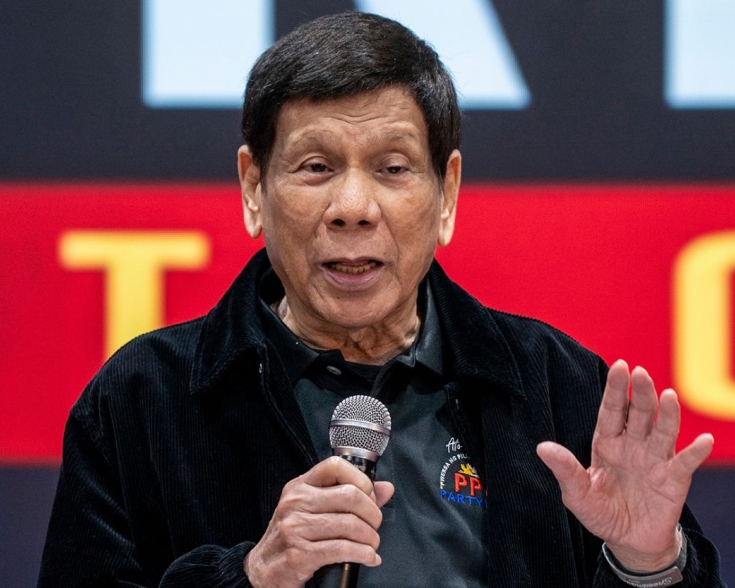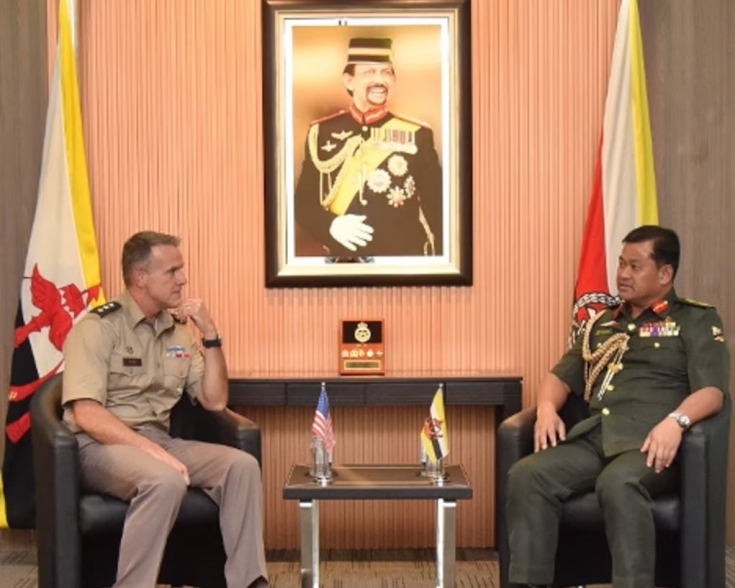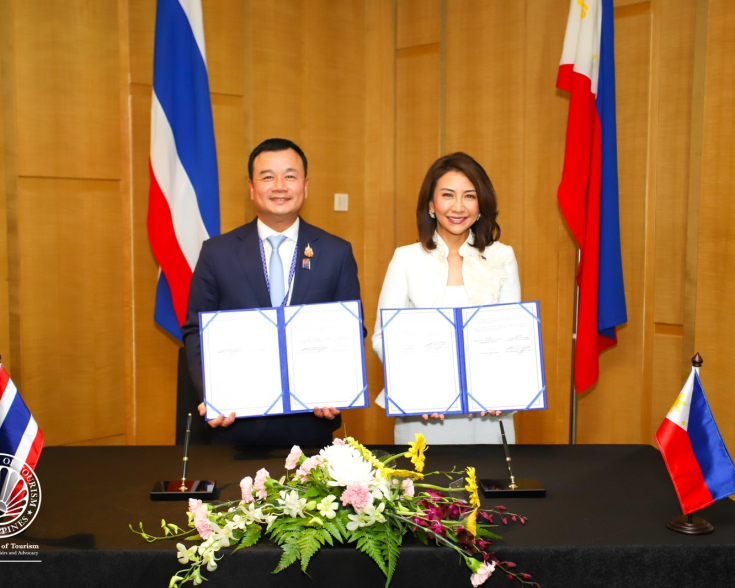Deepening U.S. and the Philippines Military Ties on All Fronts

Underlying a shared vision for a free and open Indo-Pacific region, the U.S. and the Philippines agree to modernize and strengthen the security alliance between the two nations. A series of events that occurred recently affirmed this intention. This includes multiple high-level visits between the two nations, the development of cooperation guidelines, exercises, and the Philippines’ defense sector procurement environment.
In a series of meetings between the two nations, the latest meeting took place in early May when Philippines President Ferdinand Marcos came to the Pentagon the day after meetings with U.S. President Joe Biden at the White House. Earlier in April, the two nations held "two-plus-two" talks with Washington's defense and foreign affairs leaders. In February, the U.S. Secretary of Defense Lloyd J. Austin III made a visit to Manila and met with President Marcos at the Malacañang Palace and as well to Camp Navarro in Mindanao where Philippine and U.S. service members are working closely together to ensure the long-term prosperity of the region.
A long-standing mutual defense treaty remains the bedrock of cooperation between the U.S. and the Philippines. The Mutual Defense Treaty applies to armed attacks on either countries’ armed forces, aircraft, or public vessels – including the Coast Guard – anywhere in the South China Sea. These establishments reflect the recognition of the need to work together to enhance the two nations’ interoperability, increase defense capacity, and build resiliency against emerging challenges. The new areas of cooperation that were agreed upon to explore include key areas such as mutual defense, maritime security, information/intelligence sharing, and joint sails and solidarity patrols.
Bilateral Defense Guidelines were finally established on May 3, 2023. The guidelines reaffirm that an armed attack in the Pacific, including anywhere in the South China Sea, on either of their public vessels, aircraft, or armed forces – which includes their Coast Guards – would invoke mutual defense commitments under Articles IV and V of the 1951 U.S.-Philippines Mutual Defense Treaty. The guidelines chart a way forward to build interoperability in both conventional and non-conventional domains recognizing that threats may arise in several domains including land, sea, air, space, and cyberspace and may take the form of asymmetric, hybrid, and irregular warfare and gray-zone tactics.
The discussion around the implementation of enhanced defense cooperation (EDCA) projects and investments in and around EDCA-agreed locations also brought new developments to the two nations. Four new sites were added, including in Balabac Island; Camp Melchor Dela Cruz; Lal-lo Airport, Cagayan; and Naval Base Camilo Osias. These bases join five others that were previously announced: the Antonio Bautista Air Base in Palawan, Basa Air Base in Pampanga, Fort Magsaysay, Benito Ebuen Air Base in Cebu, and Lumbia Air Base on the island of Mindanao. These bases will support combined training exercises and interoperability between the two nations’ forces to ensure better preparation for future crises. An allocation of more than US$100 million in infrastructure investments at the new and existing EDCA sites that will spur job creation and economic growth in local Philippine communities is expected by the end of FY 2023.
The U.S. and the Philippines began their largest-ever Balikatan drills lasting from April 10-28 of this year, after the Chinese military’s rehearsed blockades of Taiwan in response to the island's leader meeting the U.S. Speaker of the House. The drill involved more than 17,000 troops, including 12,000 from the U.S. The Balikatan operation also sees the militaries execute a drill to blow up a mock target warship in the South China Sea; the U.S. sending of a naval destroyer through the South China Sea in what it called a freedom of navigation mission; and the sending of the USS Milius past the Spratly Islands, which lie in the Philippines' exclusive economic zone but are claimed by Beijing. China was not happy with all of these and warned that US-Philippines military cooperation should not interfere with disputes in the hotly contested waters. The Philippines President Marcos reiterated on Monday that the U.S. would not be able to access military sites for “offensive” moves.
Additionally, the first Philippine-hosted version of the exercise since 1990, the Cope Thunder took place from May 1 through May 12. Cope Thunder is designed to provide bilateral fighter training with the Philippine Air Force and improve combined interoperability. Among other reasons, the drills emphasized the U.S. and the Philippines’ commitment to peace and stability in the Indo-Pacific region which is open and free.
The continual efforts of the Philippine Government in implementing military modernization have provided opportunities for companies to supply solutions and technologies. The U.S. has long been the major supplier of defense equipment to the Philippines. Nevertheless, the uprising of competition mainly from Italy, Spain, Germany, Israel, and South Korea is strong while Russia has emerged as a new player in the market. Military procurement in the Philippines continues to be done in a very competitive bidding environment with very few exceptions. Local representatives play an important role in facilitating the procurement considering the compliance with the Government Procurement Reform ACT (GPRA) and especially as they are required to take part in monitoring project development.
Prabowo and Austin Meeting at Shangri La Dialogue
Indonesian Minister of Defense Prabowo Subianto met with with United States Secretary of Defense Lloyd Austin III on the sideline of the Shangri-La Dialogue in Singapore. During the meeting, Minister Prabowo and Secretary Austin exchanged views about the latest updates on the South China Sea. Prabowo discussed Indonesia’s defense modernization plans and reaffirmed Indonesian commitment for the comprehensive US-ASEAN strategic partnerships established for the development of joint military coordination and maritime defense. Both parties discussed the plan to host one of the largest multilateral exercises in the region, called Super Garuda Shield, which will include over 19 countries.
Moreover, Secretary Austin commended Indonesia for its historic steps toward resolving its maritime boundary dispute with Vietnam last December. Secretary Austin applauded Indonesia’s strong leadership as the Chair of ASEAN and affirmed the importance of ASEAN to the security and prosperity of the Indo-Pacific. In addition, he thanked Minister Prabowo for his personal assistance in finalizing a Framework Arrangement with the Defense of the Prisoner of War/Missing in Action (POW-MIA) Accounting Agency to help U.S. service members lost during World War II. Secretary Austin.
The Defense Ministers of ASEAN member nations attended the 20th International Institute for Strategic Studies (IISS) Shangri-La Dialogue, in Singapore on June 2nd, among 31 other countries in attendance with 48 ministerial level delegates and 35 senior defense officials. Other than the ASEAN Member States’ and United States ministers of defense, the ASEAN Secretariat’s Secretary General Dr. Kao Kim Hourn, President of Timor Leste Ramos Horta and China’s Minister of National Defense General (GEN) Li Shangfu were also in attendance. Although Minister Li and Secretary Austin had greeted each other during the event, there was no bilateral engagement between the two. Similar to the topic that Secretary Austin presented a day earlier, Minister Li separately discussed about Taiwan and the South China Sea. Li also laid out Chinese President Xi Jinping’s signature Global Security Initiative, a foreign policy strategy based on economic development.

